By guest contributor Erin Duncan-O’Neill
Beginning in a small hallway on the second floor of New York’s Grolier Club, the exhibition Vive les Satiristes! Caricature during the Reign of Louis Philippe, 1830-1848 displayed prints and bound illustrations of French caricature from the collection of Josephine Lea Iselin. The exhibition, which ran from March 22 to May 27 of this year, focused on a period where King Louis-Philippe fought fiercely with the press over the limits of political speech. Iselin’s collection draws primarily from two journals run by Charles Philipon during the Golden Age of French caricature, La Caricature and Le Charivari. On one remarkable masthead of Le Charivari, displayed in the Grolier Club show and created by J.J. Grandville in 1837, a laughing central figure resembling Philipon holds a drum on his lap, grasping the instruments of both jester and puppeteer (fig. 1). Behind him, three drawings adorn the wall, a thin figure appealing to Louis Philippe, a fashion panel, and a portrait in profile, together forming a succinct summary of the driving interests of the journal: political satire, social caricature, and celebrity.
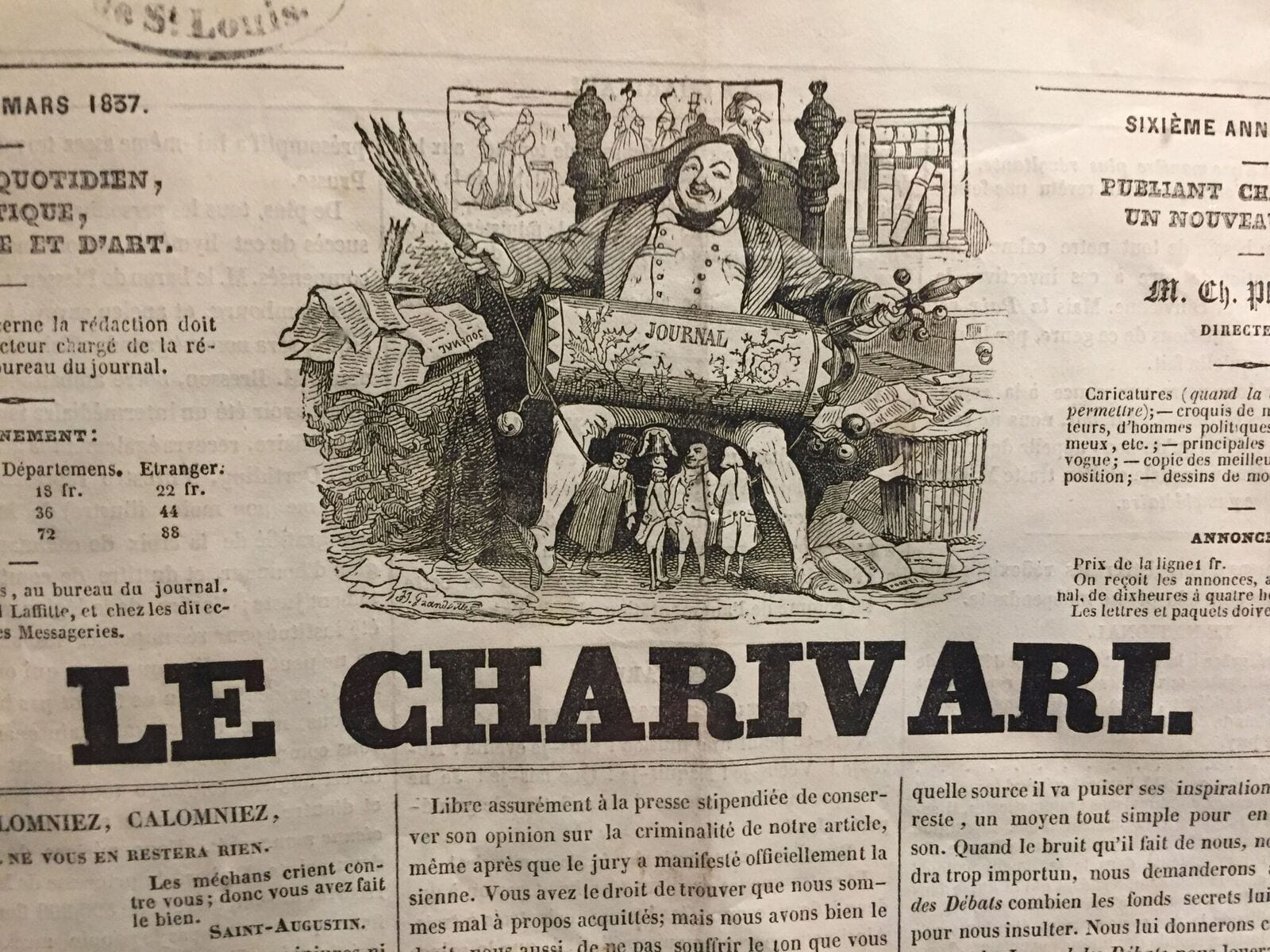
Figure 1: Le Charivari 74, p.1, Sixième Année, March 16, 1837. Wood-engraved masthead by J.J. Grandville.
The journal’s title–Le Charivari–refers to a rural folk tradition in which a crowd would call attention to inappropriate behavior of members of the community (dalliances, second marriages, large age gaps between partners) by congregating at their residence and creating an embarrassing disturbance, shouting and banging pots and pans. Philipon’s journal Le Charivari announced its ambitions to act as a popular regulatory mechanism with this name, using the drum and noisy clamor of the crowd as an analogy for the journal’s mission to hold the jurists, politicians, and soldiers dangling as puppets beneath the editor’s lap in Grandville’s cartoon accountable to their public.
In a more combative lithograph from the Grolier Club show, Charles-Joseph Traviès draws a clown with a drum and a feather-capped archer, personifications for Le Charivari and La Caricature, sawing the body of the king in half (fig. 2). Because Louis-Philippe, the so-called “Roi populaire,” had emerged from the barricades of the July Revolution and was selected because of his liberal leanings and perceived willingness to respect a constitutional charter, the extent to which his continued legitimacy relied on public opinion was an open question. For this reason, he met unprecedented criticism not only from staunch republicans like Philipon but also from those to right of center.
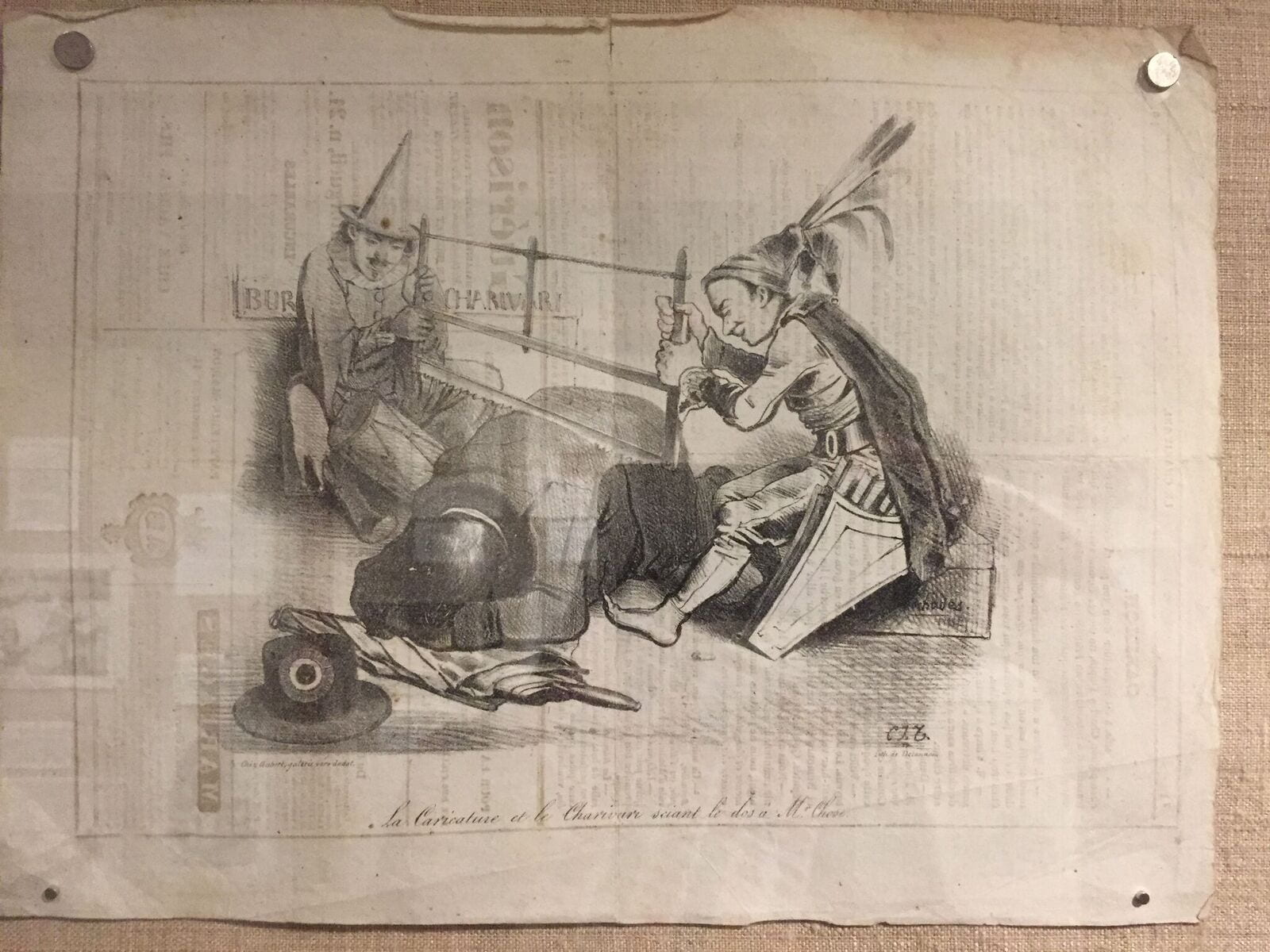
Figure 2: Charles-Joseph Traviès, “La Caricature et Le Charivari sawing the back of Mr. What’s-his-name (the king),” Le Charivari [1834 or 1835].
Tolerating most of the critical political caricature in the early 1830s, Louis-Philippe’s anxiety about the importance of his popular appeal eventually led to intense scrutiny over public activity and periodic repression. Part of this stemmed from the intensity of the criticism. Honoré Daumier’s lithograph “Gargantua” earned the artist a six-month prison sentence for its deeply unflattering depiction of the king’s body and Daumier’s unmistakable accusation that the king was corrupt (fig. 3). Courtiers trudge up a ramp leading to Louis-Philippe’s open mouth, delivering bribes that are expelled below his throne in the form of royal medals and honors. As we can see in “Gargantua,” the corpulence of the king was a popular trope, as it was understood to stand in for broader institutional ailments and bureaucratic gluttony, and one can imagine why the king would be particularly sensitive to this sort of attack. As a result of cartoons like this one, Louis-Philippe instituted the first major reversals to the liberalizations of 1830 with the September laws of 1834, specifically targeting cartoons and illustrations for censorship rather than the written word.

Figure 3: Honoré Daumier, “Gargantua,” 1831.
While the September Laws allowed that “Frenchmen have the right to circulate their opinions in published form…,” they hedged that “when opinions are converted into actions by the circulation of drawings, it is a question of speaking to the eyes. That is something more than the expression of an opinion; it is an incitement to action not covered by Article 3.” This law demanded that drawings, lithographs, engravings, and prints require prior approval by the Minister of the Interior of the Prefect of the Provinces before their exhibition or sale. The fear was that drawn illustrations were exceptional because they communicated directly with the folks that brought the king to power and were therefore potentially destructive to his popular appeal. Caricature relied on people’s ability to read gesture and expression and were therefore more threatening to the repressive authority of the government than articles or books, which were seen as less immediate in their impact, not to mention inaccessible to the significant illiterate portions of the population.
Traviès’s lithograph, published in 1834 or 1835, around the time of the September Laws, is a fantasy of violent retribution against the censor’s shears and provides some insight into the creative strategies that artists used to evade them. The saw bites into the fleshy back of a figure lying face-down on the ground. We cannot see the victim’s face, but it would have been obvious to contemporary readers that it was the body and pointed tuft of hair of the Roi populaire.
Issues of censorship and the embattled limits of political critique emerge in the exhibition without explicit analogies drawn to current events. It is unavoidable, however, to connect the scathing caricature in the Vive les Satiristes! show with present-day criticism toward the current American president, not least because the Grolier Club, on East 60th street in New York, sits just across the park from Trump International Hotel. In the 1830s and 40s, French illustrators sharpened strategies for ridicule, exaggerating the physical flaws of powerful figures, mocking groveling bureaucrats (fig. 4), and fretting over the future of hard-fought liberties. And tropes persist, bruising the skins of the politician with lessons learned from the Golden Age of caricature in France nearly 200 years ago. A recent cover of the New Yorker, “Broken Windows” by Barry Blitt, published on April 10, 2017, draws upon the same pear-shaped body cartoonists used again and again to mock Louis-Philippe in cartoons like “Hercule vainqueur” from 1834 (fig. 5).
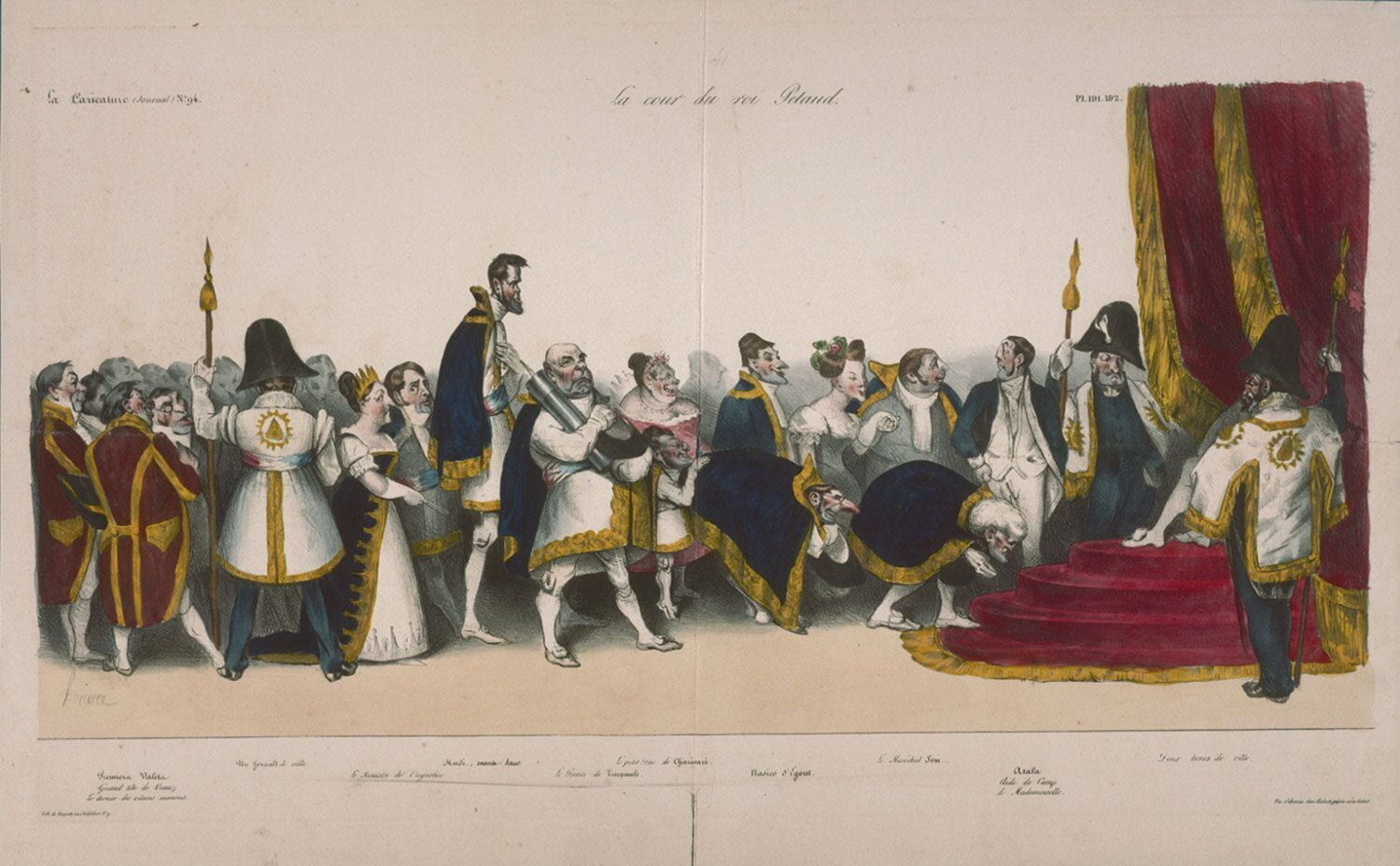
Figure 4: “La Cour du roi Pétaud,” La Caricature 193, August 23, 1832.
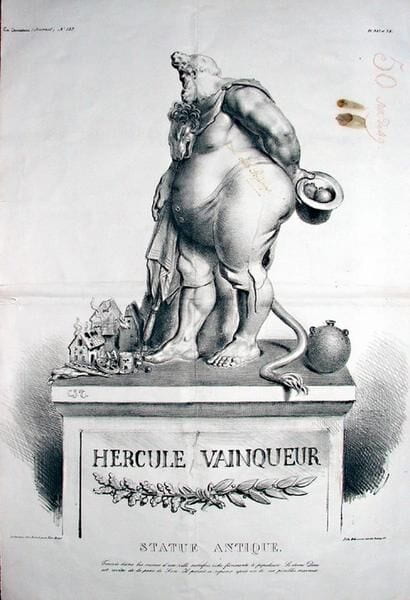
Figure 5 : “Hercule vainqueur” La Caricature 383 , May 1, 1834.
French caricature was perhaps at its most biting and politically-engaged during the reign of Louis-Philippe, In the years targeted in this exhibition, however, as we can see in the beautiful, small pen drawings of Gulliver’s Travels by J.J. Grandville (fig. 6) that 19th-century caricaturists were themselves looking to past examples of satire.
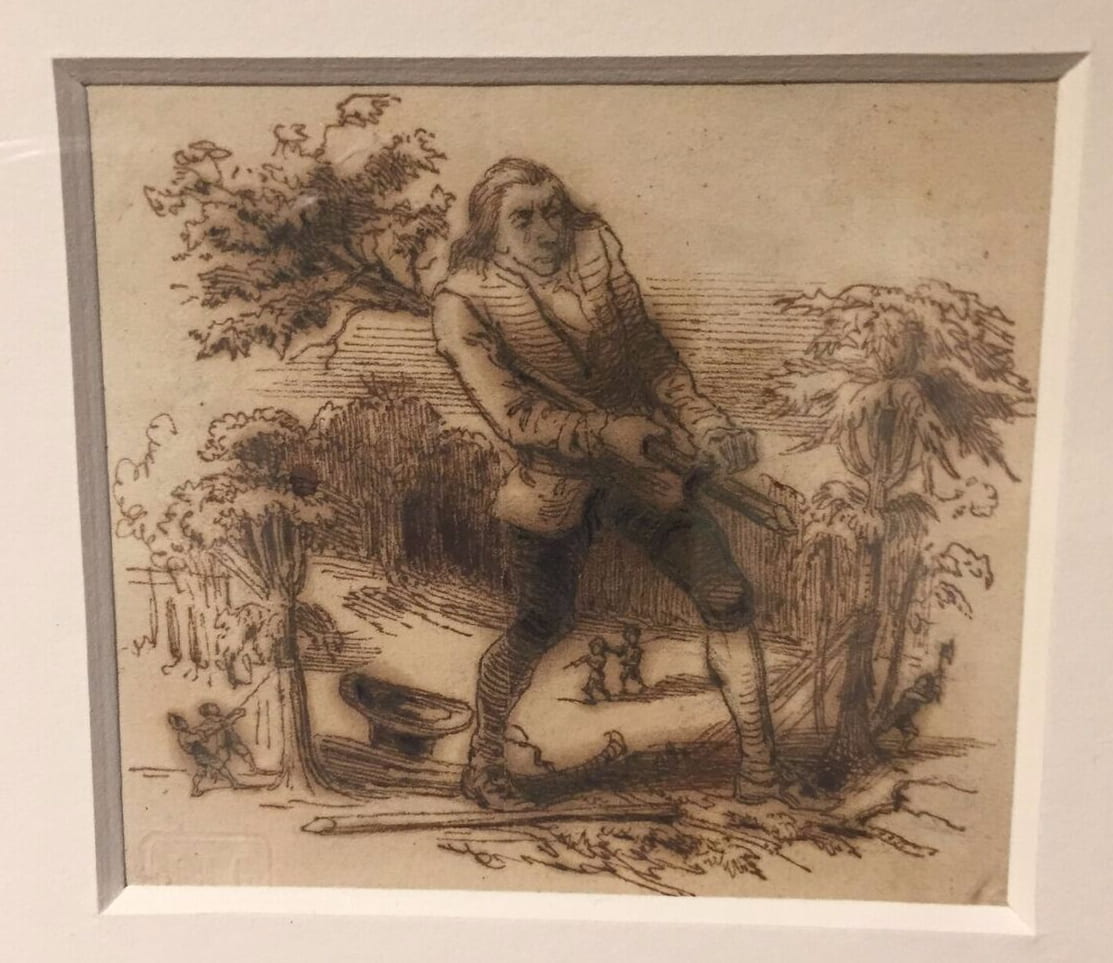
Figure 6 : J.J. Grandville, Original pen and sepia ink drawing for engraving in Voyages de Gulliver, Volume 1, Paris, H. Fournier Ainé, Éditeur, 1838, p. 114.
Grandville’s illustrations of Jonathan Swift and Daumier’s invocation of François Rabelais’s Gargantua suggest that satirical tropes are in perpetual cycles of imitation and adaptation, be they overfed giants or archers sharpening their arrows. This small show of lithographs and hand-colored book illustrations has therefore arrived at a moment when artists and satirists are once again grasping to understand their historical moment and power is once again being tested by jesters outside the gates.
Erin Duncan-O’Neill is an Assistant Professor at the University of Oklahoma. Her research focuses on nineteenth and twentieth century European art, and her dissertation, “Media and the Politics of Satire in the Art of Honoré Daumier” (Princeton University, 2016) investigates Daumier’s multimedia art practice and his engagement with literary and theatrical satire.



Leave a Reply